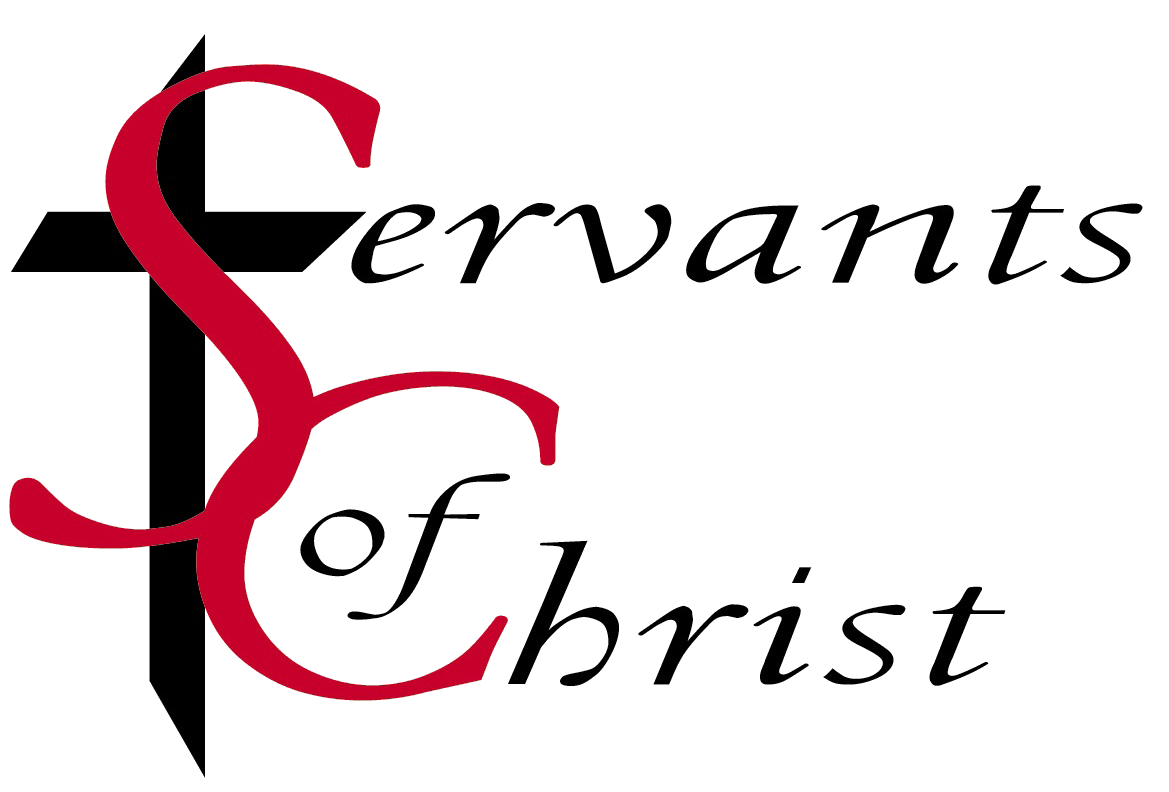Sunday, November 13, 2022 | Trey Comstock
The human face doesn’t change. Before you pour forth your objections that of course it changes, you fool. Aging comes for us all, and it certainly will alter a human’s visage. This isn’t what I mean. Every human’s face may be fairly distinctive, but what a human face looks like, the expressions that its capable of producing, how it ages and changes throughout a lifetime, is the same now as it was thousands of years ago. Early photos and Greek statues drove this point home to me. It’s easy to get lost in the clothing, hairstyles, and weird artifacts of 19th century photography, but if you focus in on the faces, you see someone that is immediately recognizable. Maybe, you know someone who smiles like that or has that jawline. You can see their youth, or the deep lines cut by age. Ancient statues can be distracting. They’re usually semi-naked or totally nude. They’re often missing body parts, and though they would have been lavishly painted in their own time, we are left with stark white marble. However, the skill of the artist is such that if you just focus on the faces, you see familiar people, a genuine smile, the chill of a haughty gaze.
These art forms can capture for us the innate humanity of the subject and show us how humans are more of less the same then as they are now. We may not know what it would be like to live in ancient Greece or 19th century America or anywhere or anytime in between. Our way of life and their way of life are sufficiently different to make the two mutually incomprehensible. Dress, style, language, technology, medicine, and human knowledge change and evolve. However, we can know what it felt like to be them because we have the same faces, the same emotions, the same sources of joy and sadness. If we met an ancient Greek priestess, in white flowing robes, we couldn’t talk to her, but we would know how she felt and the meaning of what crossed her face. Our shared humanity connects us across time and space with the face as its window.
The people portrayed in the Bible, particularly in the New Testament, are equally connected to us. the People of the Bible can feel otherworldly, especially given that we only get sparse accounts of them,. Obviously, there are literal otherworldly beings contained with in its pages. However, most of the folks that we read about, Peter, John, the other John, Mary, the other Mary, the other, other Mary, the other, other, other Mary, Joseph, Paul, Judas, Nicodemus, Herod, the other Herods, and Pilot, look like us, think like us, and feel like us. The Biblical authors even help us wit this by not portraying them as superheroes but as flawed individuals struggling and occasionally succeeding in following the will of God.
In its own way, Luke 21:5-19 works to give us human examples that we can connect with. It’s easy to lose sight of that because we aren’t the original audience. At first blush, this text looks like a lot of apocalyptic literature. Coming destruction? Check. Warfare and trials? Check. Hold on through it all? Double check. However, this time, Jesus isn’t talk about a far-off future. He’s talking about the destruction of the Jewish Temple in Jerusalem that happens three decades after his earthly life. When Jesus says it, it’s in the future, but by the time Luke puts these words on paper, it’s the past. Similarly, the trials of warfare, arrests, persecutions, hatred for the faith, etc. happen to the early church. Luke records them in his sequel to the Gospel of Luke, Acts of the Apostles. As Luke’s original audience read Christ’s words, they would immediately flash to the events and the people. They’d know the folks arrested, killed, and hated for the faith. They’d remember the fall of the Temple and the season of warfare and unrest surrounding it. Thus, when Luke relates Christ’s encouragement to hold on, that the essentially part of you won’t be harmed, and that you’ll be given the right words to say, Luke’s audience would directly know the people who did that. They’d be living memory, not distance, disconnected superheroes.
We can’t make that connection so easily. We don’t know those people. We didn’t grow up with the early martyrs or attend a church that got letters directly from Paul. We only have what the Bible tells us and particularly what Paul and Luke wrote about the early church. If I had a time machine, the early church is one of the places that I’d most like to go. I’ve thought and read so much about it. I’ve spent countless hours writing, teaching, and trying to wrap my head around what it was really like. I won’t get that chance. Science and Science Fiction have me pretty convinced time machines aren’t possible and wouldn’t be a great idea if they were.
We can’t know the exact people that Christ’s words draw to mind in Luke’s readers, but we do know people who are a lot like them. Whether it’s 90AD or 2022AD, people are still people, and Christians are still Christians. Their hard times may have looked different from our hard times, but just as the face on a Greek statue relates a shared humanity, the stories of Scripture relate a shared faith and a shared connection with the Divine. We all know people who have found, used, and held onto their faith through hard times. They are our saints in the same way that early church were Luke’s saints. We can certainly learn about the reality of God and our ability to persevere from the pages of Scripture, but those things didn’t just happen to one group of people, one time. Hard times kept happening, and God kept showing up for all time. Saints are saints. You know some. Recall to your mind their example. Remember their faces. Do as they did.

